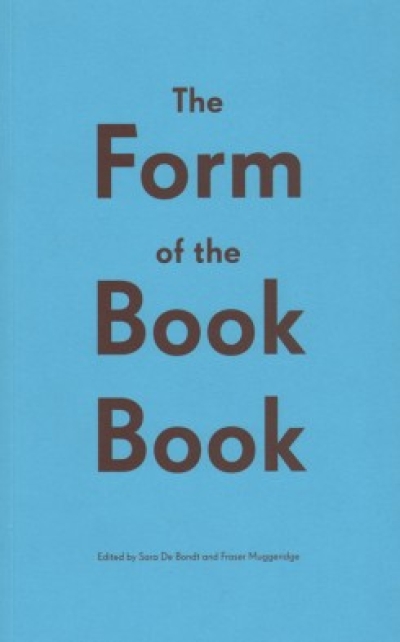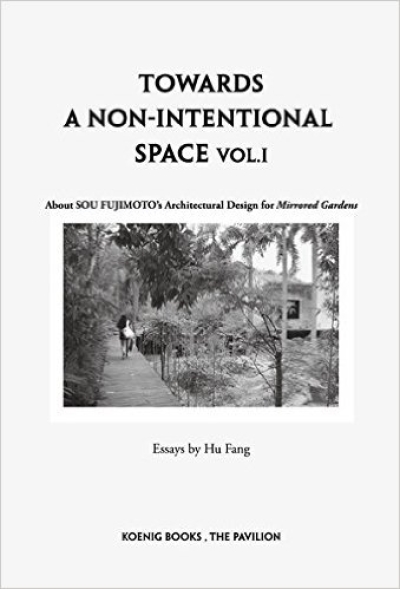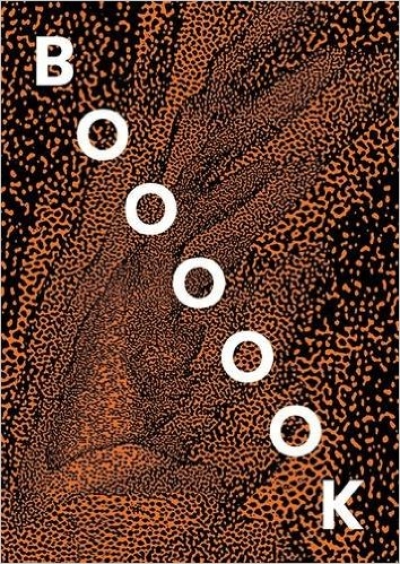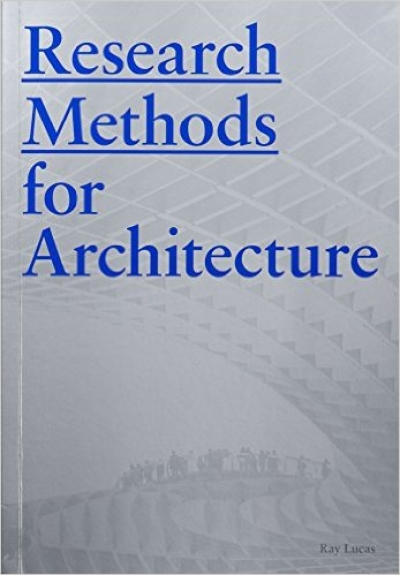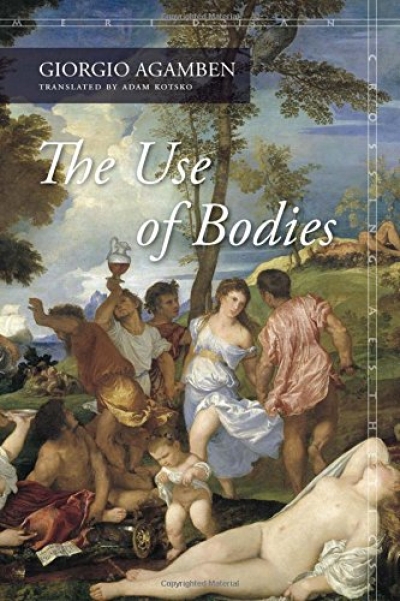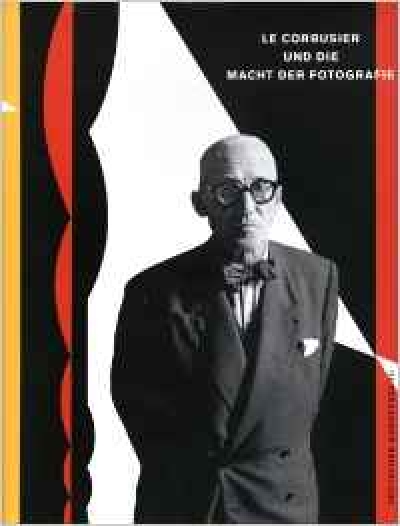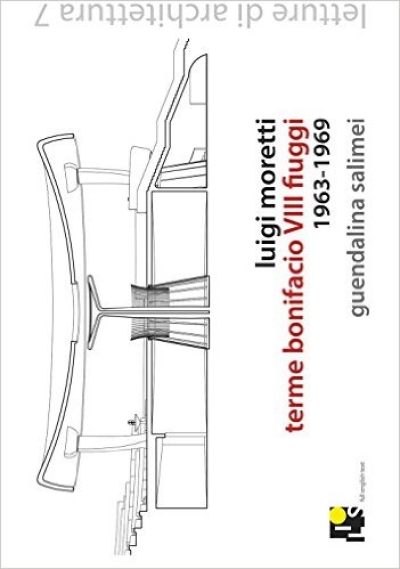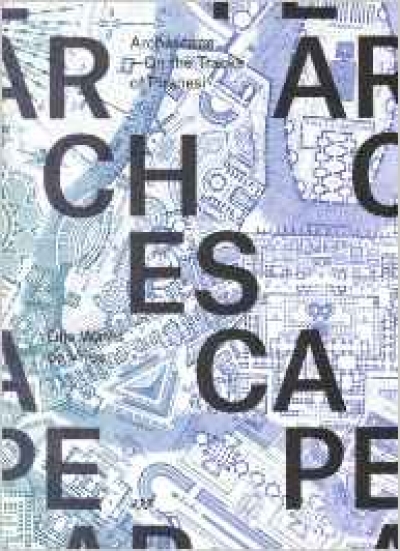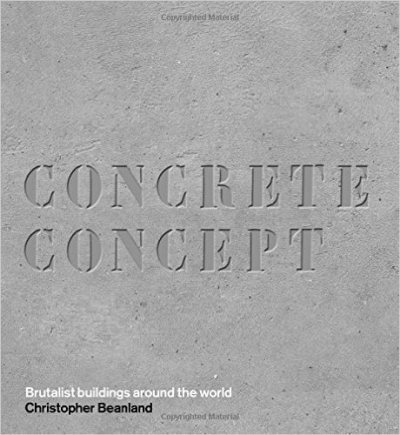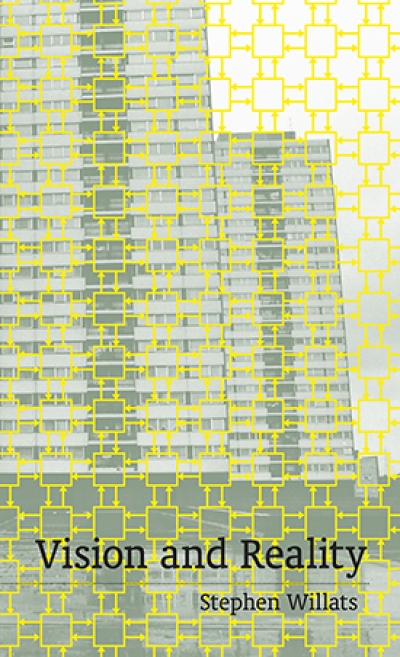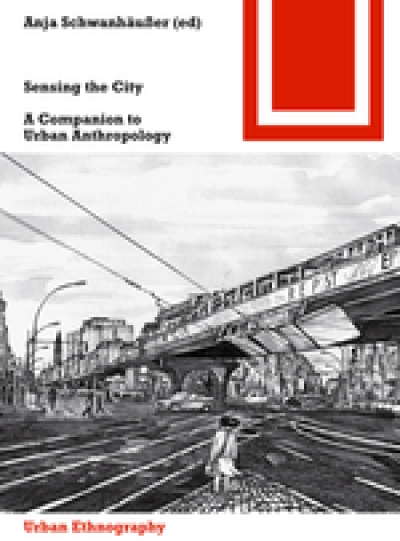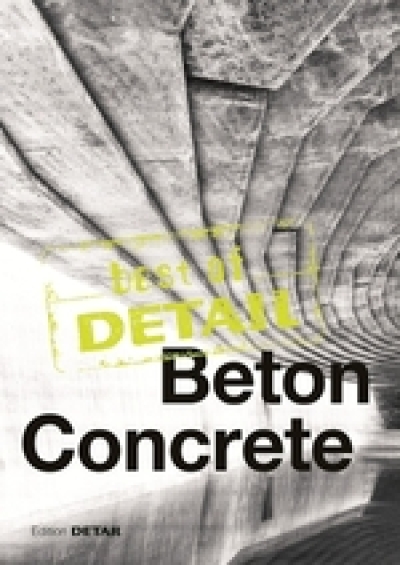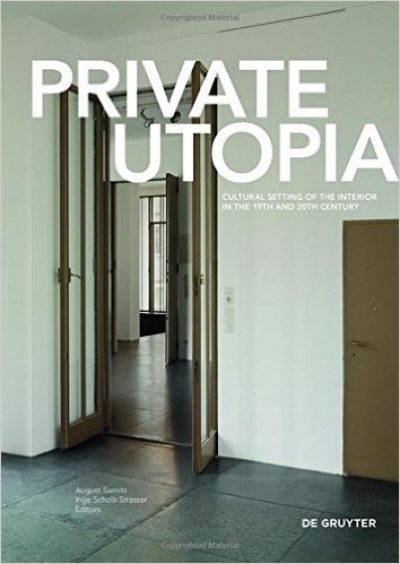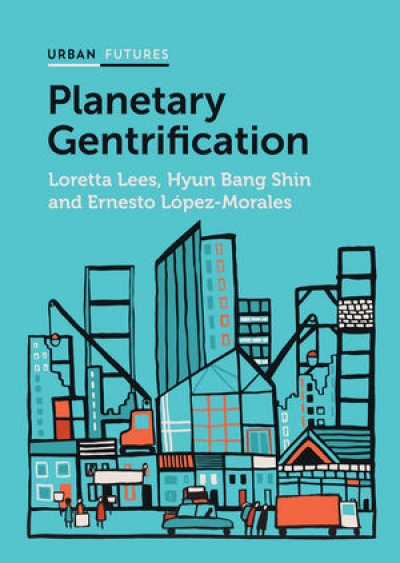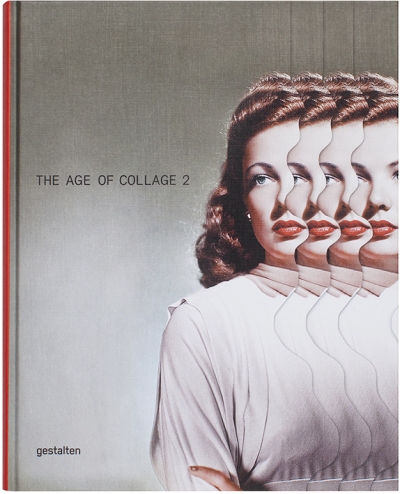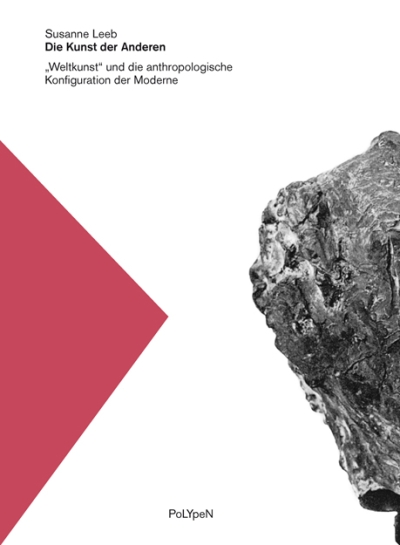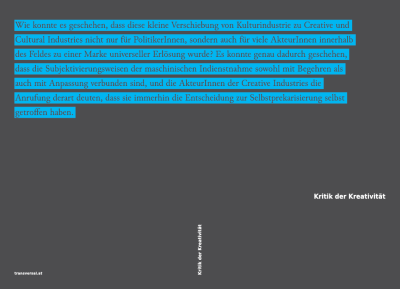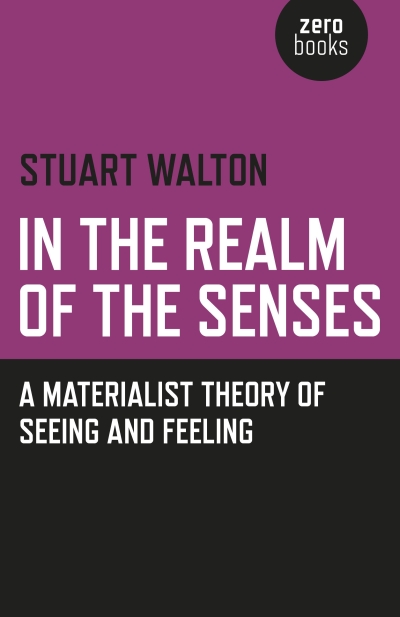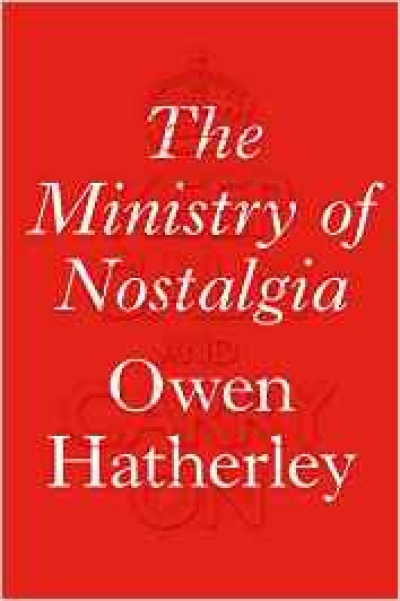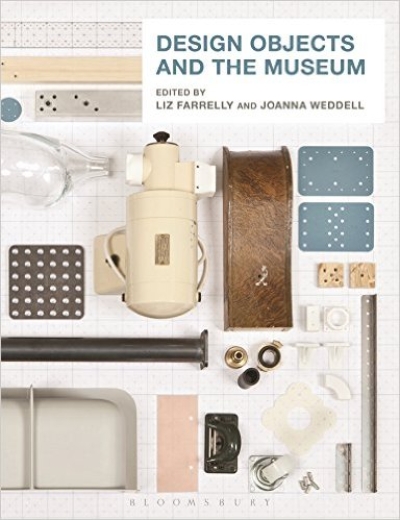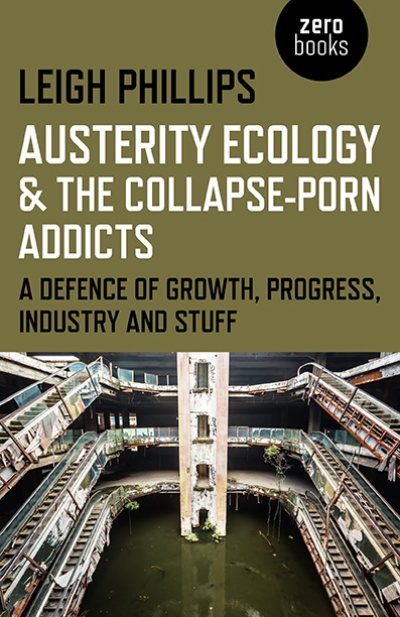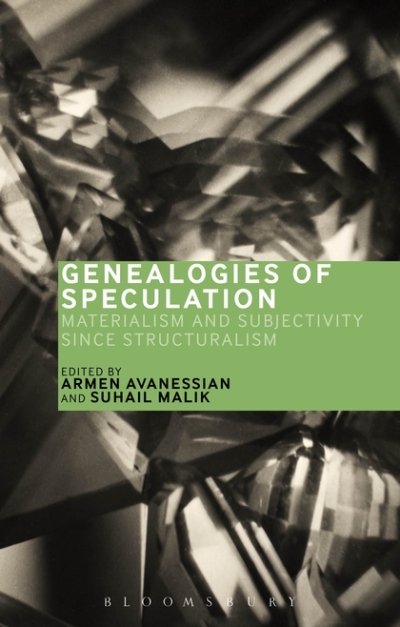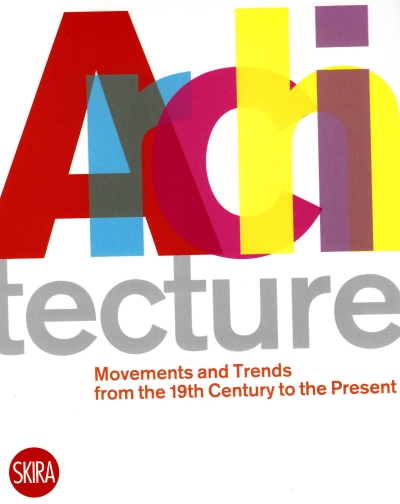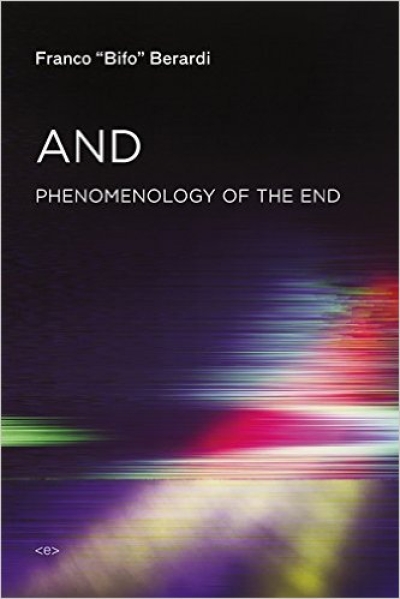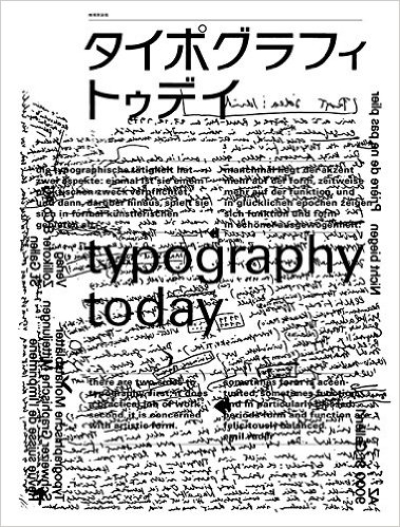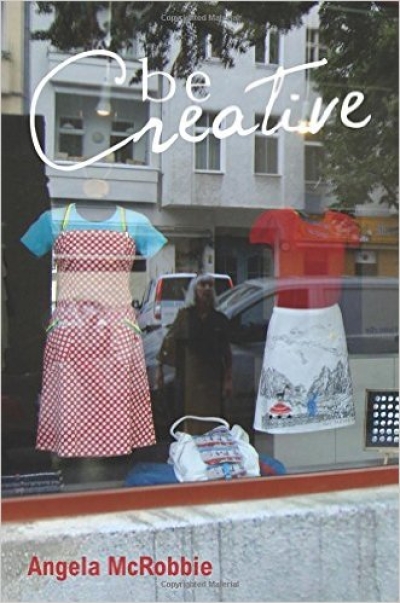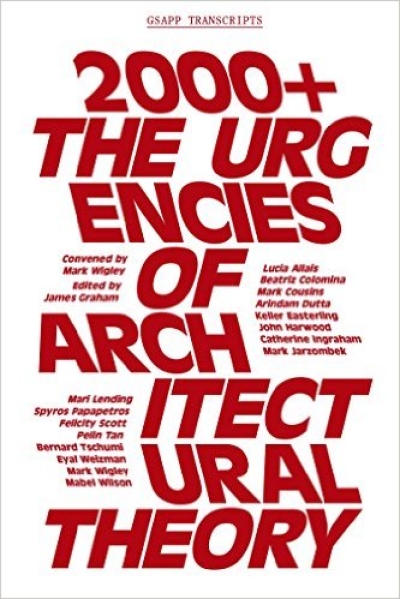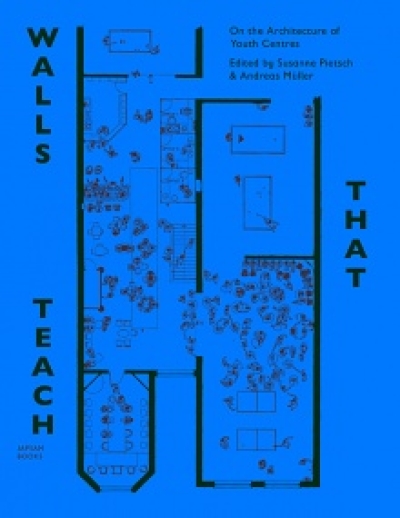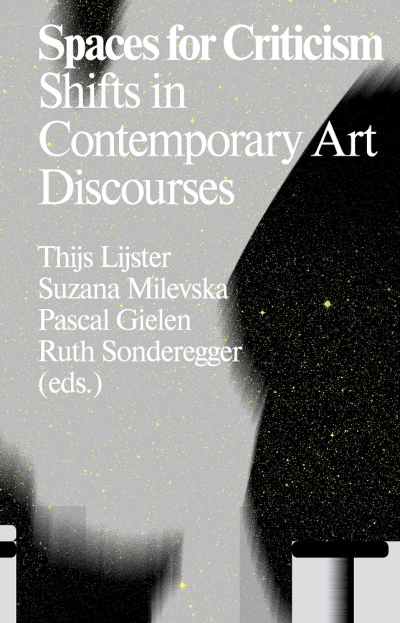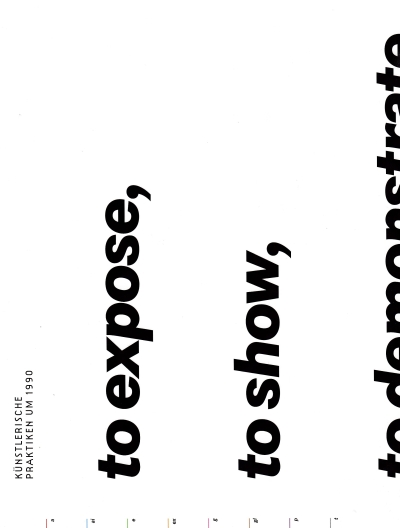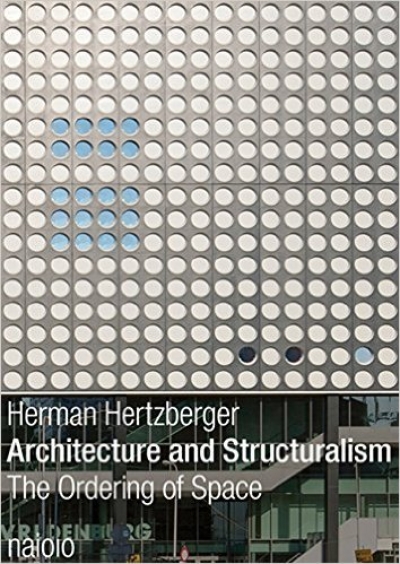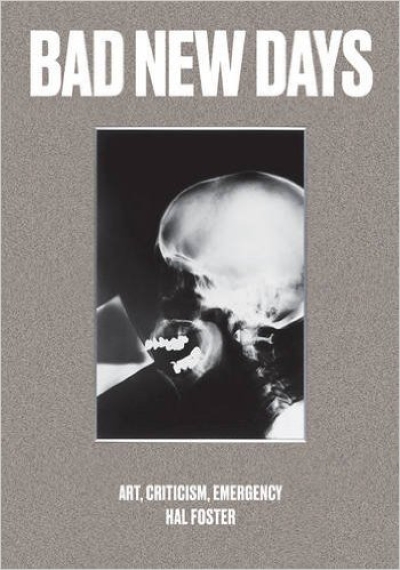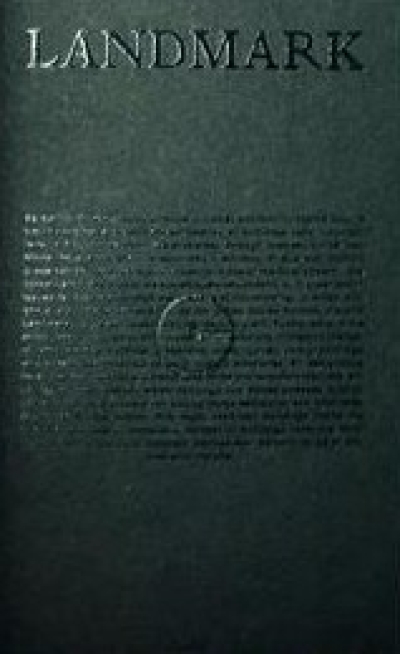Daniel M. Abramson
Obsolescence. An Architectural History
Robert Stalla (Hg.)
Bauen mit Künstlern: Architekt Peter Ottmann
Georg Diez/Christopher Roth
80*81: What Happened?
S. De Bondt, F. Muggeridge
The Form of the Book Book
K. Busch, B. Meltzer, T. von Oppeln (Hg)
Ausstellen: Zur Kritik der Wirksamkeit in den Künsten
Fiona McGovern
Die Kunst zu zeigen: Künstlerische Ausstellungsdisplays bei…
Hu Fang
Sou Fujimoto. Towards a Non-Intentional Space. About Sou…
Rudolf Fischer, Wolf Tegethoff (Hg.)
Modern wohnen. Möbeldesign und Wohnkultur der Moderne
W. Cobbing, R. Cooper (Eds.)
Boooook: The Life and Work of Bob Cobbing
Robert Klanten, Sofia Borges (Eds.)
The Tale Of Tomorrow. Utopian Architecture in the Modernist…
Ray Lucas
Research Methods for Architecture
Giorgio Agamben
The Use of Bodies
Andreas Seltzer
Der Sendermann / The Transmitter Man
Lada Umstätter (Hg)
Le Corbusier und die Macht der Fotografie
Tilman Baumgärtel (Hg)
Pirate Essays. A Reader on International Media Piracy
Paul B. Preciado
TESTO JUNKIE: Sex, Drogen und Biopolitik in der Ära der…
Guendalina Salimei
Luigi Moretti. Terme Bonifacio VIII Fiuggi 1963 - 1969
Henri Lefebvre
Das Recht auf Stadt
Gijs Wallis de Vries
Archescape. On the tracks of Piranesi
Christopher Beanland
Concrete Concept. Brutalist Buildings Around the World
Stephen Willats
Vision and Reality
Anja Schwanhäußer (ed)
Sensing the City. A Companion to Urban Anthropology
Jeannette Kuo, Frank Barkow (Eds.)
Space of Production. Projects and Essays on Rationality,…
David Keenan
England's Hidden Reverse. Coil, Current 93, Nurse with…
Nils Aschenbeck
Reformarchitektur. Die Konstituierung der Ästhetik der…
Christian Schittich (Hg.)
Best of Detail: Beton / Concrete
August Sarnitz, Inge Scholz-Strasser (…
Private Utopia: Cultural Setting of the Interior in the…
René Zechlin (Hg.)
Wie leben? Zukunftsbilder von Malewitch bis Fujimoto
Loretta Lees, Hyun Bang Shin, Ernesto…
Planetary Gentrification
Srećko Horvat
The Radicality of Love
Busch, Klanten, Hellige (Hg.)
The Age of Collage Vol. 2: Contemporary Collage in Modern…
André Tavares
The Anatomy of the Architectural Book
Susanne Leeb
Die Kunst der Anderen. "Weltkunst" und die…
Heike Jenss (Ed.)
Fashion Studies. Research Methods, Sites and Practices
Maud Meyzaud (Hg.)
Arme Gemeinschaft. Die Moderne Rousseaus
Félix Guattari
Schriften zur Kunst
Jesko Fezer & Studio…
Öffentliche Gestaltungsberatung. Public Design Support 2011…
Gerald Raunig, Ulf Wuggenig
Kritik der Kreativität
Walter Scheiffele
Das leichte Haus. Utopie und Realität der Membranarchitektur
Nora Amin
Migrating the Feminine
Stuart Walton
In The Realm of the Senses. A Materialist Theory of Seeing…
Felicity D. Scott (Autor), Nikolaus…
Disorientation: Bernard Rudofsky in the Empire of Signs.…
Markus Krajewski, Christian Werner
Bauformen des Gewissens. Über Fassaden deutscher…
Stefano Harney, Fred Moten
Die Undercommons. Flüchtige Planung und schwarzes Studium
Cord Riechelmann, Brigitte Oetker (Eds.)
Toward an Aesthetics of Living Beings / Zu einer Ästhetik…
Badura, Dubach, Haarmann, Mersch et al.
Künstlerische Forschung. Ein Handbuch
Marc Kushner
Die Zukunft der Architektur in 100 Bauwerken
Siegfried Zielinski (Hg.)
Flusseriana: An Intellectual Toolbox
Owen Hatherley
The Ministry of Nostalgia. Consuming Austerity
A. Baur, M. Weber (Hg.)
Better than de Kooning
Jörg Heiser
Doppelleben. Kunst und Popmusik
John Roberts
Die Notwendigkeit von Irrtümern
C. Thun-Hohenstein (Ed.)
Josef Frank. Against Design
Friedrich Kittler (Autor), Tania Hron,…
Baggersee. Frühe Schriften aus dem Nachlass
Liz Farrelly, Joanna Weddell
Design Objects and the Museum
Leigh Phillips
Austerity Ecology & the Collapse-porn Addicts. A…
IDEA Magazine
IDEA 373. Post Independent Magazine
Armen Avanessian, Suhail Malik
Genealogies of Speculation. Materialism and Subjectivity…
Duncan McLaren, Julian Agyeman
Sharing Cities. A Case for Truly Smart and Sustainable…
Alexandra Manske
Kapitalistische Geister in der Kultur- und…
Karl Riha, Jörgen Schäfer (Hg.)
DADA total. Manifeste, Aktionen, Texte, Bilder
Luca Molinari (Ed.)
Architecture. Movements and Trends from the 19th Century to…
Franco "Bifo" Berardi
And. Phenomenology of the End
Helmut Schmid, Seibundo Shinkosha
Typography Today. Revised Edition
Hartmut Geerken, Chris Trent
Omniverse – Sun Ra
Angela McRobbie
Be Creative. Making a Living in the New Culture Industries
Thomas Großbölting, Rüdiger Schmidt
Gedachte Stadt - Gebaute Stadt: Urbanität in der deutsch-…
Graham Harman
Vierfaches Objekt
Carsten Ruhl, Chris Dähne (Hg)
Architektur ausstellen. Zur mobilen Anordnung des Immobilen
MacArthur, Plaat, Gosseye, Wilson (Eds.)
Hot Modernism. Queensland Architecture 1945 - 1975
J. M. Warmburg, C. Shmidt (Eds.)
The Construction of Climate in Modern Architectural Culture…
James Graham (Ed.)
2000+: The Urgencies of Architectural Theory
Susanne Pietsch, Andreas Mueller (Eds.)
Walls That Teach. On the Architecture of Youth Centers
Bernhard Cella, Leo Findeisen, Agnes…
NO-ISBN on self-publishing
Giovanna Borasi (Ed.)
The Other Architect. Exhibition: Canadian Centre for…
Lijster, Milevska, Gielen, Sonderegger…
Spaces for Criticism: Shifts in Contemporary Art Discourses
Seth Price
Fuck Seth Price
Nick Srnicek, Alex Williams
Inventing the Future. Postcapitalism and a World Without…
Alexander Vasudevan
Metropolitan Preoccupations. The Spatial Politics of…
Enrico Gualini, João Morais Mourato,…
Conflict in the City. Contested Urban Spaces and Local…
Matthias Michalk (Ed.)
Künstlerische Praktiken um 1990. to expose, to show, to…
Jeannette Merker, Riklef Rambow (Hg.)
Architektur als Exponat. Gespräche über das Ausstellen
Mark Wigley
Buckminster Fuller Inc. Architecture in the Age of Radio
Martin und Werner Feiersinger
Italomodern 2. Architektur in Oberitalien 1946–1976
Rainer Hehl, Ludwig Engel
Berlin Transfer. Hybrid Modernities
Ivanisin, Thaler, Blagojevic (Hg.)
Dobrovic in Dubrovnik. A Venture in Modern Architecture
Fezer, Hiller, Hirsch, Kuehn, Peleg (Hg…
Kollektiv für sozialistisches Bauen. Proletarische…
Nicolas Hausdorf, Alexander Goller
Superstructural Berlin. A Superstructural Tourist Guide to…
Herman Hertzberger
Architecture and Structuralism. The Ordering of Space
Maria Hlavajova, Ranjit Hoskote (Eds.)
Future Publics (the Rest Can and Should Be Done by the…
Tobias Engelschall
Zustände. Eine Topografie architektonischer…
Daniel Falb, Ulrike Gerhardt,…
Post-Studio Tales
Anri Sala
Why is colour better than grey?
Peter Weibel (Ed.)
Global Activism: Art and Conflict in the 21st Century
Markus Kutter, Lucius Burckhardt
Wir selber bauen unsere Stadt: Ein Hinweis auf die…
Hal Foster
Bad New Days. Art, Criticism, Emergency
Clog
Landmark
Moderna Museet Stockholm (Ed.)
Francesca Woodman. On Being an Angel




